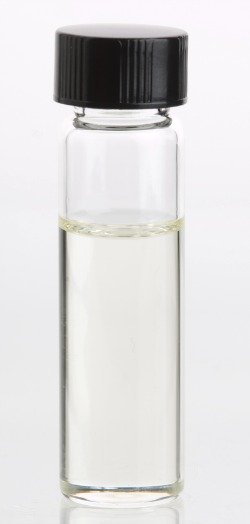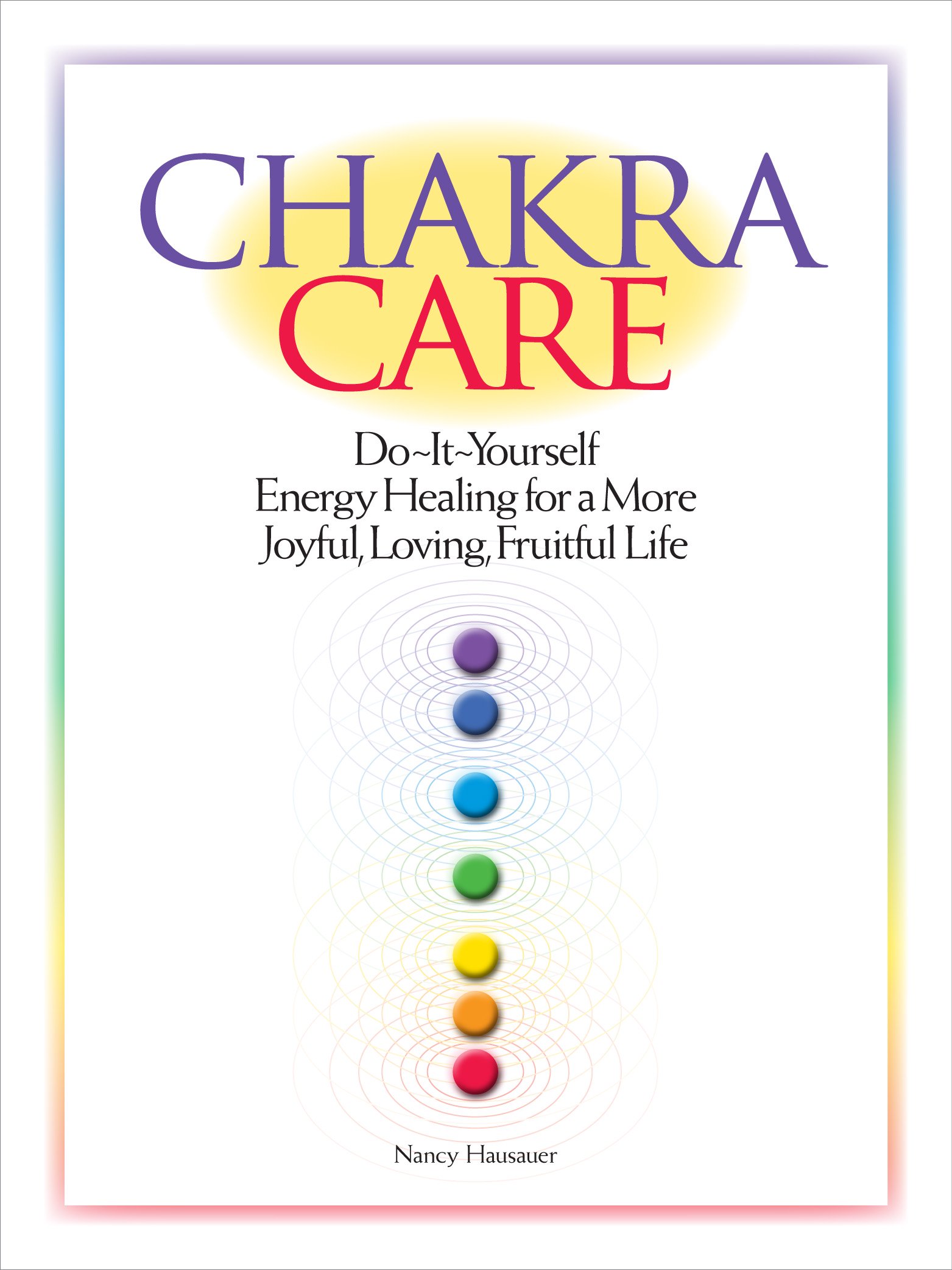Essential Oil Basics
Safe And Prudent Use Of Aromatherapy Products
Essential oils can be used in a number of ways, however you should never ingest them (take them orally).

If they are to be used on the skin, you should always dilute them in a carrier oil -- a maximum of five drops per ounce of oil. (They really go a long way!) You should patch-test any new oil on your skin before using more broadly.
And you should do enough research to know which essential oils should not be used on the skin, which cause your skin to sunburn easily, which should not be used during pregnancy, which should not be used with various health issues, and which should not be used on small children. (See more cautions below.)
Essential Oil Basics: Essential Cautions
- Do not ingest, either straight or blended. They are not intended to be taken orally.
- If you are intending to use EOs for another person, get their consent first. If they have asthma or other breathing issues, or a history of scent-triggered headaches, I'd just skip it. If they have skin sensitivities, I'd definitely not use any EOs topically for them.
- Always keep EOs out of the reach of children. Do not use essential oils on children without discussing it first with their health care provider.
- If you are pregnant or nursing a baby, have heart disease, epilepsy, high blood pressure or diabetes, seek the advice of a health care professional before using any aromatherapy/essential oils.
- Skin test all oils before using. Apply a small amount mixed with a carrier oil to the skin on your inner arm. Do not use if redness or irritation occurs.
- Keep all aromatherapy products away from eyes and mucous membranes. If redness, burning, itching or irritation occur, stop using product immediately and consult your medical provider if self treatment is not effective. If irritation does occur, wash the area with mild soap, then apply vegetable oil, not water, to the affected area and dry.
- Citrus oils are photosensitizers. Stay out of the sun after using them on your skin.
Where To Buy Essential Oils
You can often find aromatherapy products at your local health food store. However, I like to buy online from trusted sources, because I feel that the oils are more likely to be fresh -- and that's important.If you're looking for a source for high-quality, organic essential oils, I highly recommend Mountain Rose Herbs and New Directions Aromatics (if you are in North America).
Essential Oil Basics: Carrier Oils
You can also spend a lot of money on carrier oils, but you can also use any food-grade oil in your cupboard. Just make sure that it hasn’t gone rancid (it will take on a bad smell), and for best effect, use a carrier oil without a strong smell.Personally, I like jojoba oil best. Although it’s a little pricey and can usually only be found at health food stores, it's great for the skin, absorbs quickly, and never goes rancid. It also helps to preserve any EOs that you mix with it.
Some Safe Ways To Use Essential Oils
- First, let me just say that hands down, the safest way to use EOs is environmentally, by which I mean diffused in the air. You get most if not all of the benefits with almost none of the risks.
- For diffusion, use the blend (undiluted) in an electric diffuser or nebulizer. For passive diffusion, place a few drops on a tissue or cotton ball and sniff. You can also put the cotton ball or tissue in a ziplock bag and carry it in your purse or briefcase for some on-the-go aromatherapy.
- For massage, dilute 3-5 drops of the aromatherapy blend in an ounce of carrier oil. You should always patch test first, and avoid using essential oils that are known to be photosynthesizers, such as citrus oils, or other oils that are known to commonly cause reactions. If you're using an essential oil directly on the skin, you don't want to be taking the risk of applying it to much of the body without knowing for sure that it is safe for the body it is being applied to.
- For the bath, use 1-4 drops of the blend mixed with 1/4-1/2 cup bath salts, or with 2 ounces of milk (not non-fat milk). A word of caution: especially without the milk, the oils can sit on top of the water rather than mixing in, allowing them to make undiluted contact with your skin. Do a "patch test" before using them in the bath, to make sure that the oils don’t irritate your skin. (And believe me, they can!)
Essential Oil Basics: Storage
EOs are volatile and will not last forever. They should be stored in a cool, dry place away from light. (I store mine in the fridge.) You should cover them tightly after use.
More About Using Aromatherapy for Energetic and Physical Health
- Learn about using EOs for relaxation.
- Learn about essential oils for immune system health.
- Learn about aromatherapy to relieve headaches.
- Explore using essential oils for chakra clearing and balancing.
Return from Essential Oil Basics to Essential Oils main page.
Photo by Itineranttrader (Own work) [Public domain], via Wikimedia Commons

Interested in learning more about energy, energy healing, and the chakras? Try my book, Chakra Care: Do-It-Yourself Energy Healing for a More Joyful, Loving, Fruitful Life. You'll learn
to clear, nurture and support your chakras with 500 fun, down-to-earth
activities. A user-friendly, practical guide, available as a paperback
or Kindle. Learn more or buy it here.